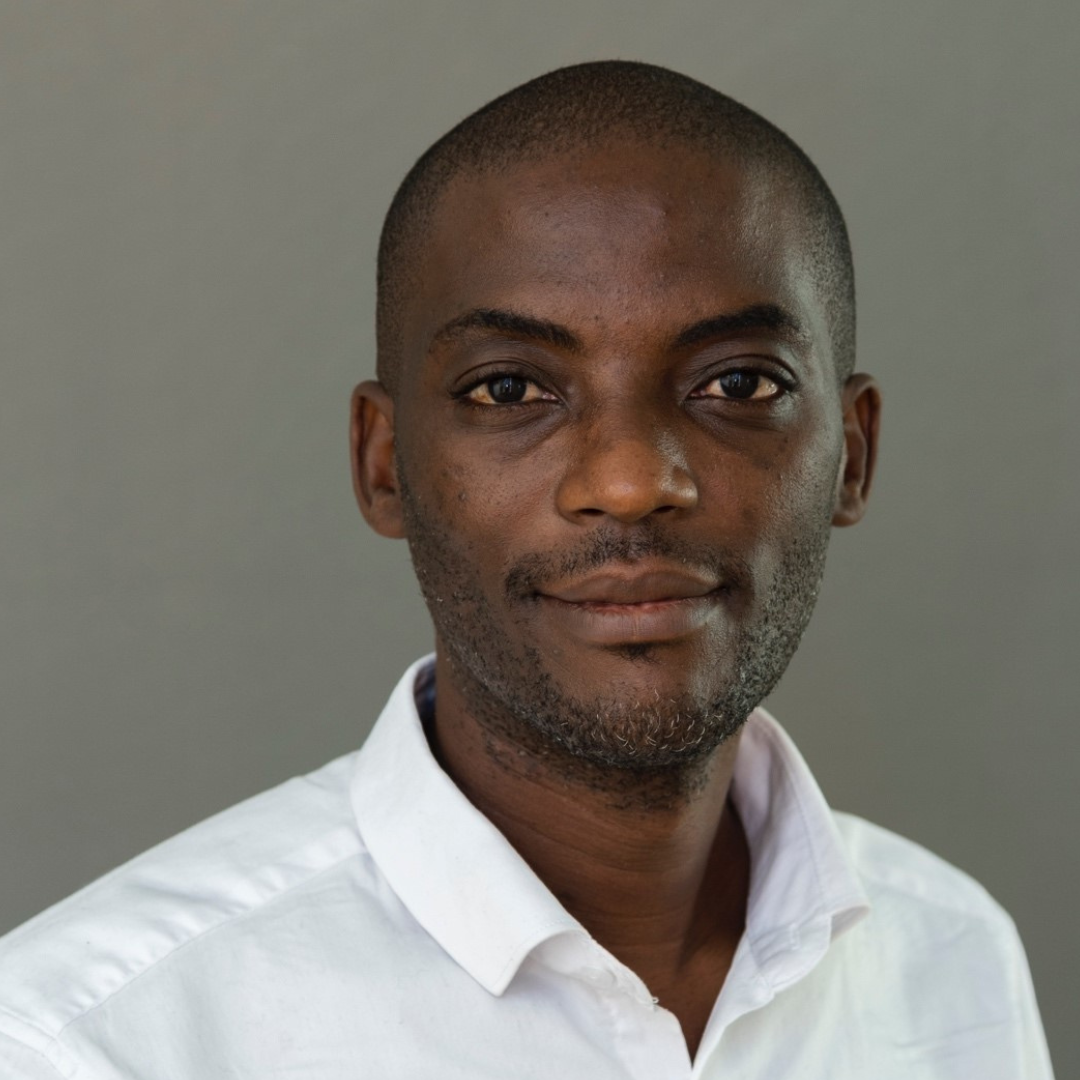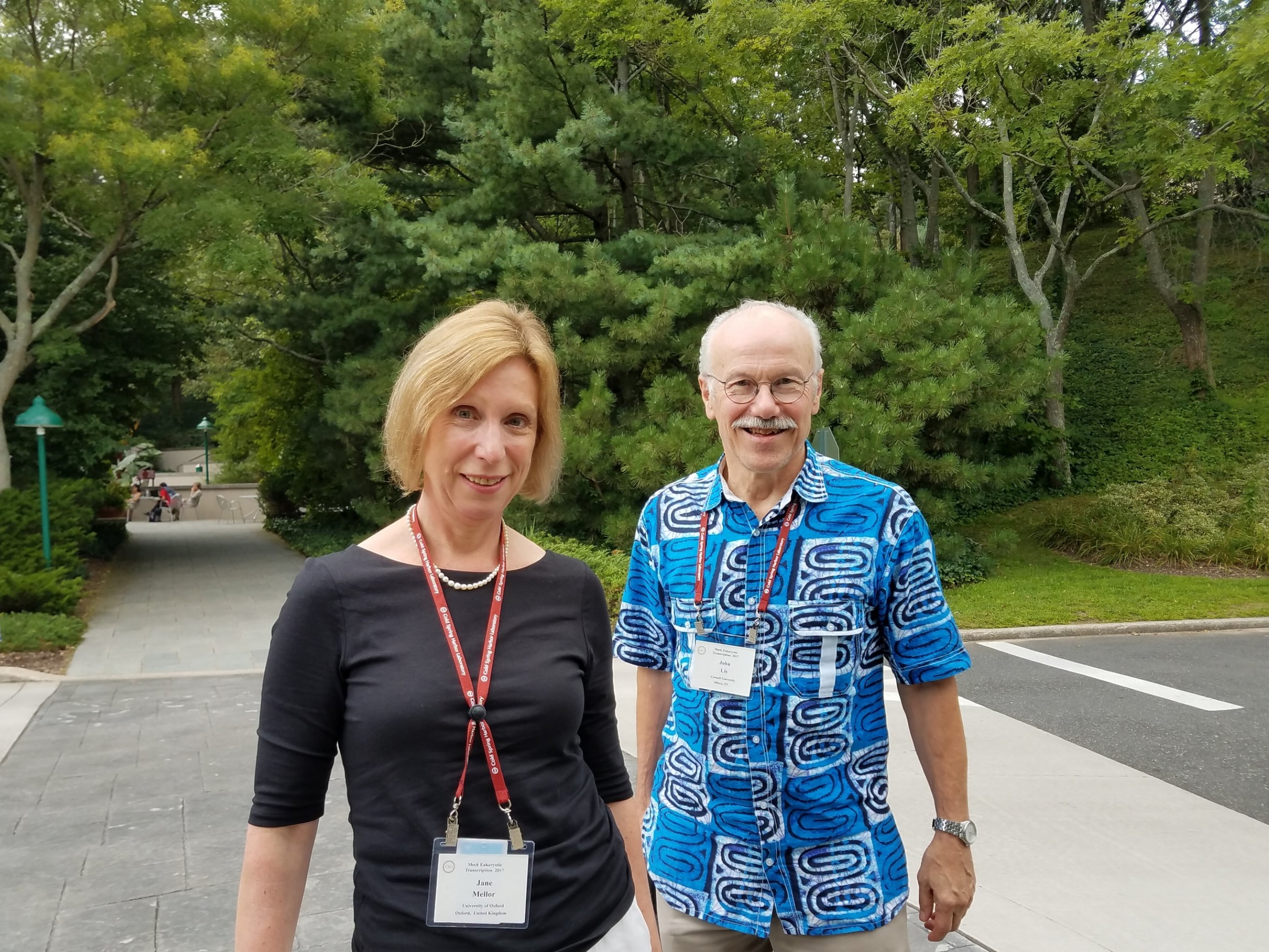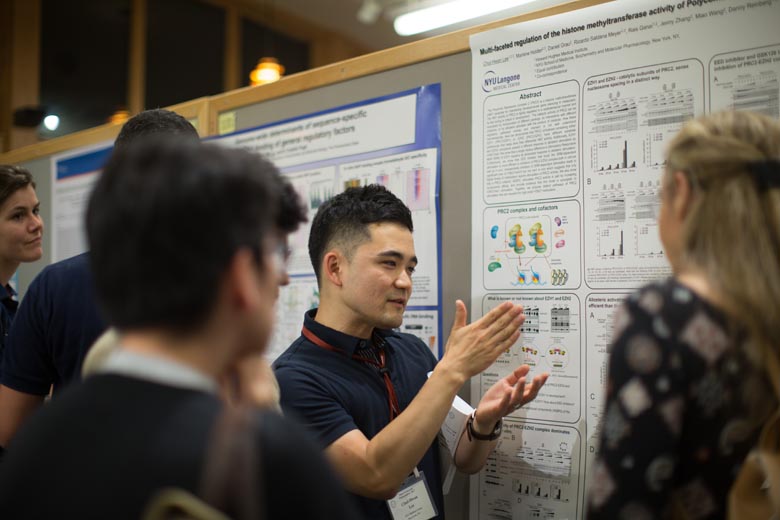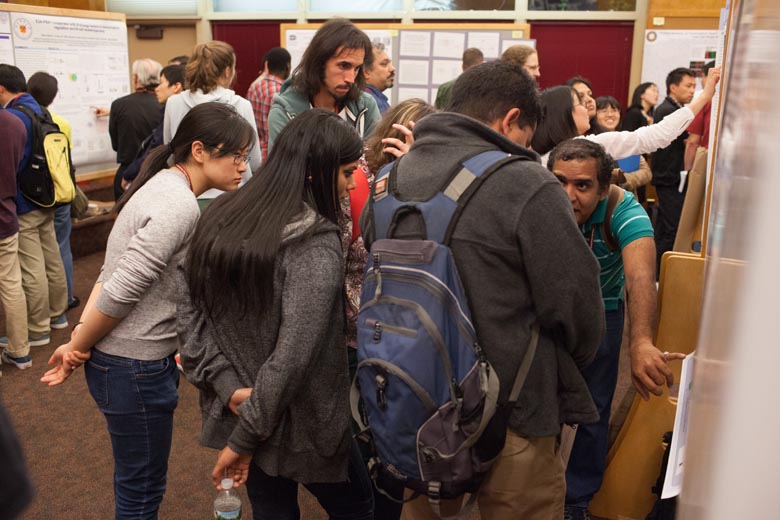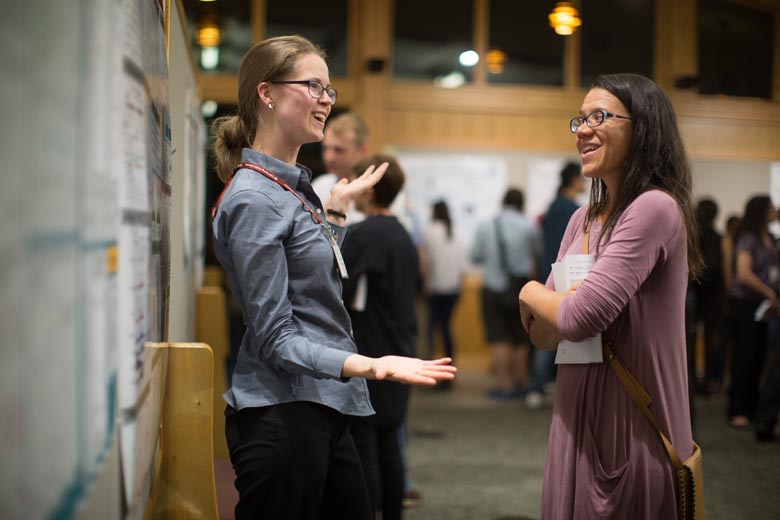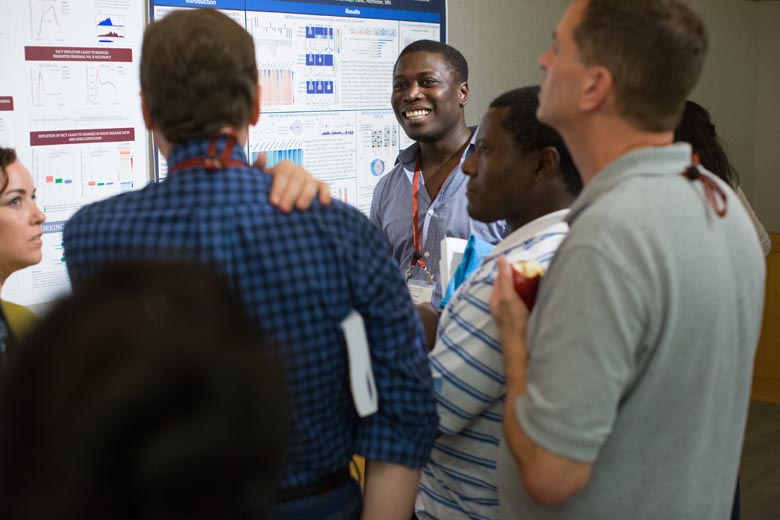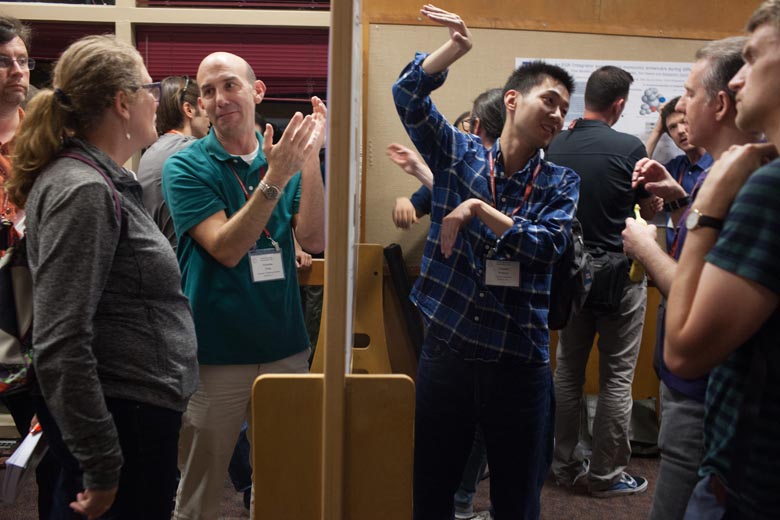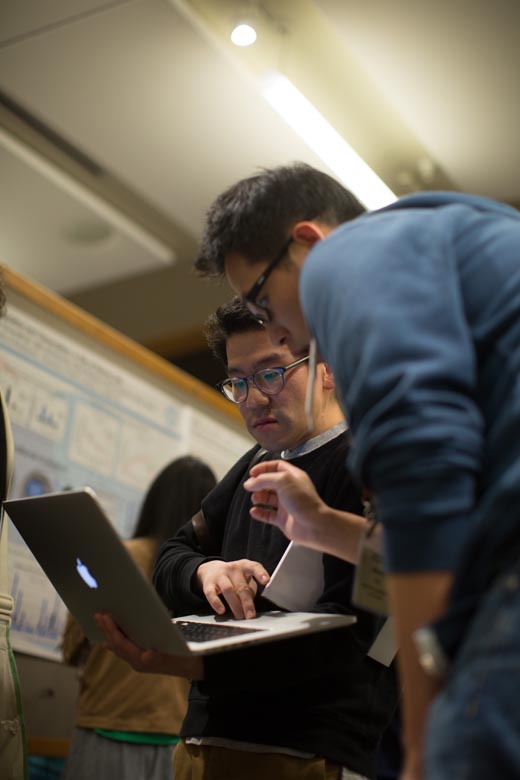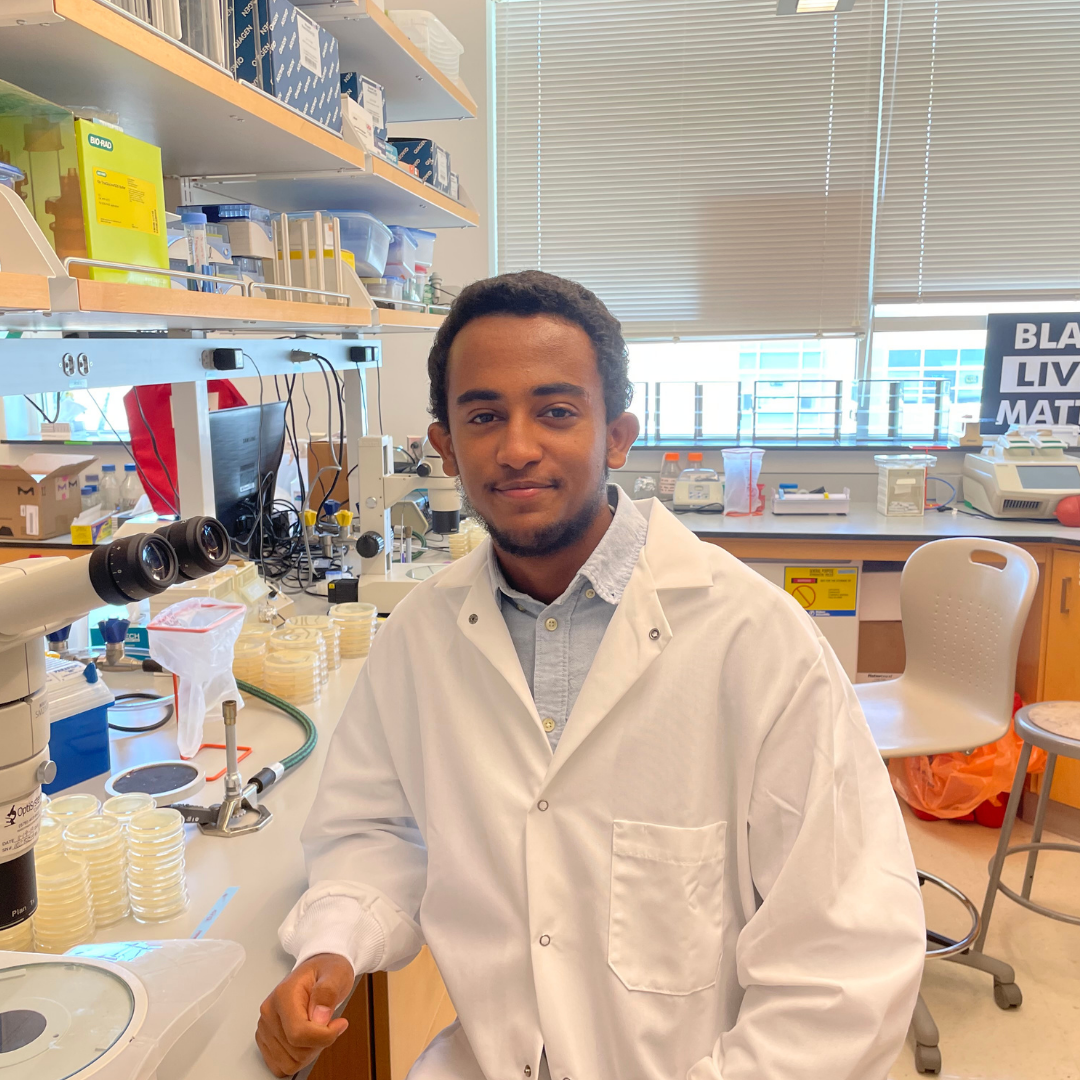
Meet Dagmawi “Dag” Mamo of James Madison University! The first-year graduate assistant is a member of Dr. Casonya Johnson’s lab and spent the past week with us at the Mechanisms of Eukaryotic Transcription virtual meeting – his first CSHL meeting.
Tell us about your research.
My research is currently focused on defining the regulatory context in which the HES protein HLH-25 regulates transcription. I will be correlating data obtained from RNA-Sequencing and ChIP-Seq to elucidate the location, sequence, and topography of DNA elements required for HLH-25 mediated transcription repression.
How did you decide to focus on this area/project?
As an undergraduate student, I did my Honors thesis on developing transgenic constructs as part of our laboratory’s large-scale project. As a master’s student, I wanted to continue the journey of trying to understand the mechanisms of HES transcription factors’ mediation of transcription repression. This is because characterization of HLH-25 could serve as a model for studying the role of HES-1 in human cancers and could lead to the development of new treatments.
What and/or who is the inspiration behind your scientific journey?
My introduction to doing research and subsequent growth as a scientist could not have been possible without the incredible support and nurturing of my advisor Dr. Casonya Johnson, my mentor Caylin Murray, and several other advisors.
What do you love most about being a researcher?
I love being part of a broad project that uses a systems approach to understand a molecular event and in doing so contributes to the discovery of new knowledge—knowledge that can be used for improvements in human health.
What drew you to attend this meeting?
The opportunity to learn from and network with scientists from across the world doing studies under the umbrella of “mechanisms of eukaryotic transcription”.
What is your key takeaway from the Meeting; and how do you plan to apply it to your work?
I am walking away with an immense appreciation of the breadth and intricacy of eukaryotic transcription mechanisms. Seeing the collaboration and discussions among different labs and experts has encouraged me to invite more feedback and critique in the work that I am doing in order to create more learning opportunities and avenues for myself so that I may produce high-quality work.
What feedback or advice would you share with someone considering to participate in this meeting?
I would encourage anyone considering to do go through with attending this meeting. My advice would also be to attend as many sessions as possible because, although certain sessions may be out of your circle of interest, being able to see different presentation formats and communication styles of scientific information are added bonuses to the vast well of information that’s presented.
What’s the most memorable thing that happened during the Meeting?
It was very fascinating to learn that chromatin confirmation signatures (CCS) can now be accurately used as biomarkers of human diseases going as far as being able to predict patients’ responses to treatments. It was exciting overall to see the extensive work that gets done, the new applications that are used, and the interdisciplinary collaborations made to produce these works of scientific literature.
Thank you to Dag for being this week's featured visitor. To meet other featured researchers - and discover the wide range of science that takes part in a CSHL meeting or course - go here.
Image provided by Dag Mamo
